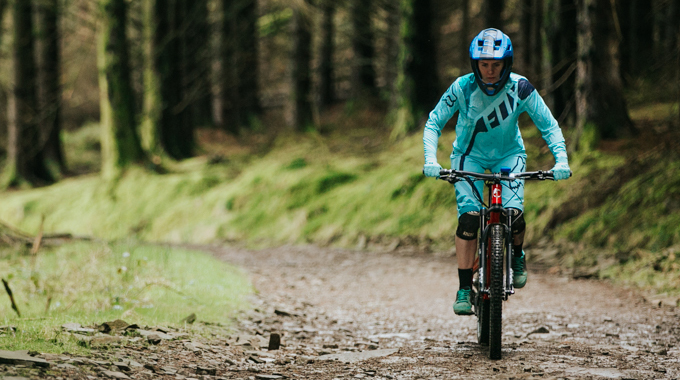Since the introduction of dropper posts a few years back, riders have been raving about this piece of technology that has revolutionised mountain biking.
The idea behind the dropper post is to allow the rider to drop and raise their centre of gravity whilst riding so that you don’t need to stop and adjust your saddle height for different sections of trail. By having this button enabled device on your bike, you’ll never have to stop and interrupt the flow of your ride – or interfere with QoM hunting!

Cabled actuated or hydraulic, dropper posts are seemingly an easy piece of kit to get your head around: push a button and the seat post goes up or down. However, there’s a lot of riding benefit to gain from using your dropper post efficiently.





